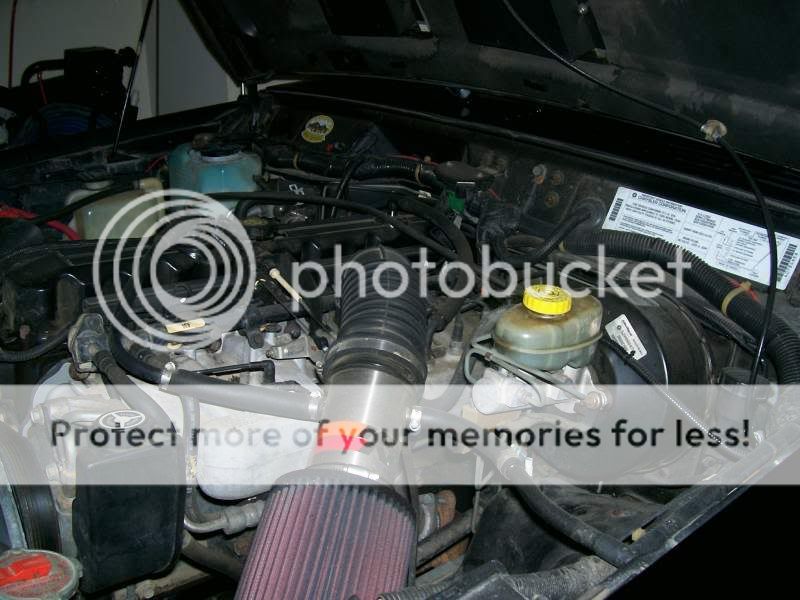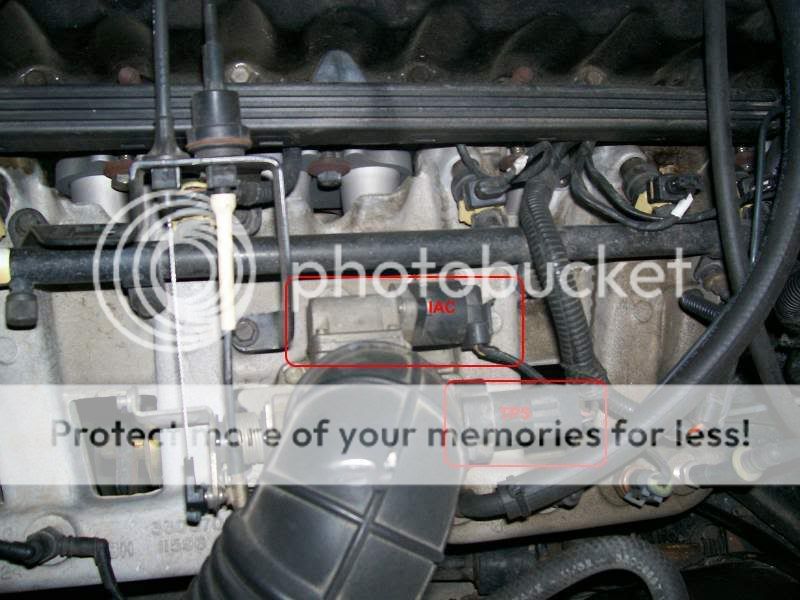willow72
NAXJA Forum User
- Location
- euless texas
where is it located? i have 99 4.0 i6 what does it look like? thanks in advance,:sure: john


Ecomike said:On the drivers side, front of the throttle body, also the throttle body is on the drivers side of the valve cover, top of the engine. If you search it there are links to sites with pictures, and even some pictures here in the threads here somewhere.
Jeepsloth said:Mike I think it's a HO thing :eeks1:
well a sensor will throw a code, so if no CEL is on it could be fuel. Drive it around the neighborhood and see if it throws a code. If it does go to the "Zone" and have them put a scanner on it (for free).
willow72 said:
Saudade said:I thought if the battery was disconnected long enough to clear any codes, the ECU had the "relearn" the proper settings.
Mine's the more "elegant" Renix so we done have this "feature".
Ecomike said:Contrary to popular opinion I have found Renix FSM references (1987) and a direct hot all the time battery wire to the Renix ECU that confirms that the Renix ECU does have some volatile (erasable by disconnecting the battery...) sensor memory storage. Turns out the TCU computer also has a pull the battery erasable memory as well!
Saudade said:Well I'll be damned! Right under my very nose (from my '88 FSM).
COMPUTER RELEARN PROCEDURES
Vehicles equipped with engine or transmission computers may require a relearn procedure after vehicle battery is disconnected. Many vehicle computers memorize and store vehicle operation patterns for optimum driveability and performance. When vehicle battery is disconnected, this memory is lost. The computer will use default data until new data from each key start is stored. As computer memorizes vehicle operation for each new key start, driveability is restored. Vehicle computers may memorize vehicles operation patterns for 40 of more key starts.
Customers often complain of driveability problems during relearn stage because vehicle acts differently then before being serviced. Depending on type and make of vehicle and how it is equipped, the following complaints (driveability problems) may exist:
* Harsh Or Poor Shift Quality
* Rough Or Unstable Idle
* Hesitation Or Stumble
* Rich Or Lean Running
* Poor Fuel Mileage
These symptoms and complaints should disappear after a number of drive cycles have been memorized. To reduce the possibility of complaints, after any service which requires battery power to be disconnected, vehicle should be road tested. If a specific relearn procedure is not available, the following procedure may be used:
Automatic Transmission
* Set parking brake, start engine in "P" or "N" position. Warm-up vehicle to normal operating temperature or until cooling fan cycles.
* Allow vehicle to idle for one minute in "N" position. Select "D" and allow engine to idle for one minute.
* Accelerate at normal throttle position (20-50%) until vehicle shifts into top gear.
* Cruise at light to medium throttle.
* Decelerate to a stop, allowing vehicle to downshift, and use brakes normally.
* Process may be repeated as necessary.
Manual Transmission
* Place transmission in Neutral position.
* Ensure emergency brake has been set and all accessories are turned off.
* Start engine and bring to normal operating temperature.
* Allow vehicle to idle in Neutral for one minute.
* Initial relearn is complete: process will be completed during normal driving.
Some manufacturers identify a specific relearn procedure which will help establish suitable driveability during relearn stage. These procedures are especially important if vehicle is equipped with and electronically controlled automatic transmission or transaxle. Always complete procedure before returning vehicle to customer.
this explanes alot the check engine light is back on its running good and im going to go buy a code reader this morning to find out the problem thanks alot you guys i will keep you informed of what the problem was thanks again, john :yelclap:Saudade said:Well I'll be damned! Right under my very nose (from my '88 FSM).
COMPUTER RELEARN PROCEDURES
Vehicles equipped with engine or transmission computers may require a relearn procedure after vehicle battery is disconnected. Many vehicle computers memorize and store vehicle operation patterns for optimum driveability and performance. When vehicle battery is disconnected, this memory is lost. The computer will use default data until new data from each key start is stored. As computer memorizes vehicle operation for each new key start, driveability is restored. Vehicle computers may memorize vehicles operation patterns for 40 of more key starts.
Customers often complain of driveability problems during relearn stage because vehicle acts differently then before being serviced. Depending on type and make of vehicle and how it is equipped, the following complaints (driveability problems) may exist:
* Harsh Or Poor Shift Quality
* Rough Or Unstable Idle
* Hesitation Or Stumble
* Rich Or Lean Running
* Poor Fuel Mileage
These symptoms and complaints should disappear after a number of drive cycles have been memorized. To reduce the possibility of complaints, after any service which requires battery power to be disconnected, vehicle should be road tested. If a specific relearn procedure is not available, the following procedure may be used:
Automatic Transmission
* Set parking brake, start engine in "P" or "N" position. Warm-up vehicle to normal operating temperature or until cooling fan cycles.
* Allow vehicle to idle for one minute in "N" position. Select "D" and allow engine to idle for one minute.
* Accelerate at normal throttle position (20-50%) until vehicle shifts into top gear.
* Cruise at light to medium throttle.
* Decelerate to a stop, allowing vehicle to downshift, and use brakes normally.
* Process may be repeated as necessary.
Manual Transmission
* Place transmission in Neutral position.
* Ensure emergency brake has been set and all accessories are turned off.
* Start engine and bring to normal operating temperature.
* Allow vehicle to idle in Neutral for one minute.
* Initial relearn is complete: process will be completed during normal driving.
Some manufacturers identify a specific relearn procedure which will help establish suitable driveability during relearn stage. These procedures are especially important if vehicle is equipped with and electronically controlled automatic transmission or transaxle. Always complete procedure before returning vehicle to customer.
